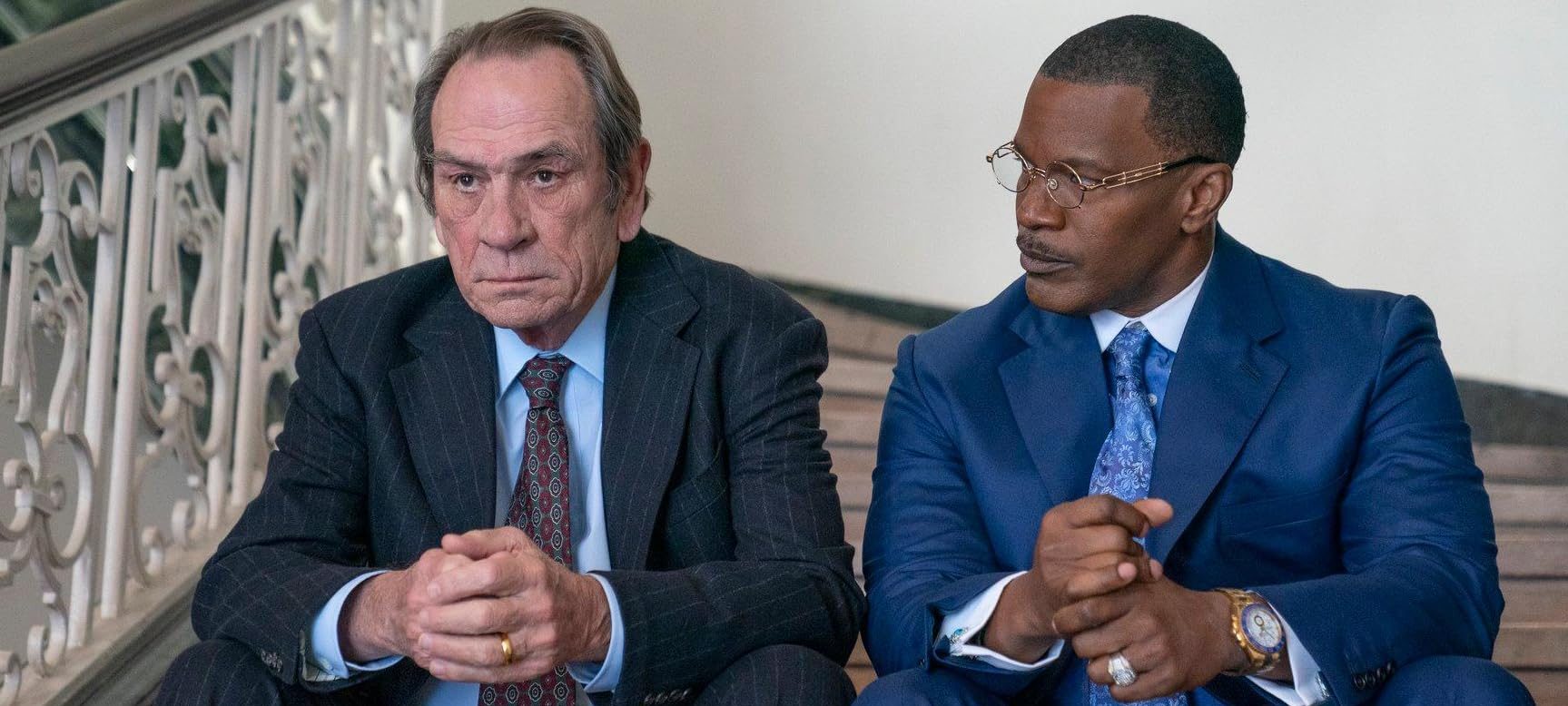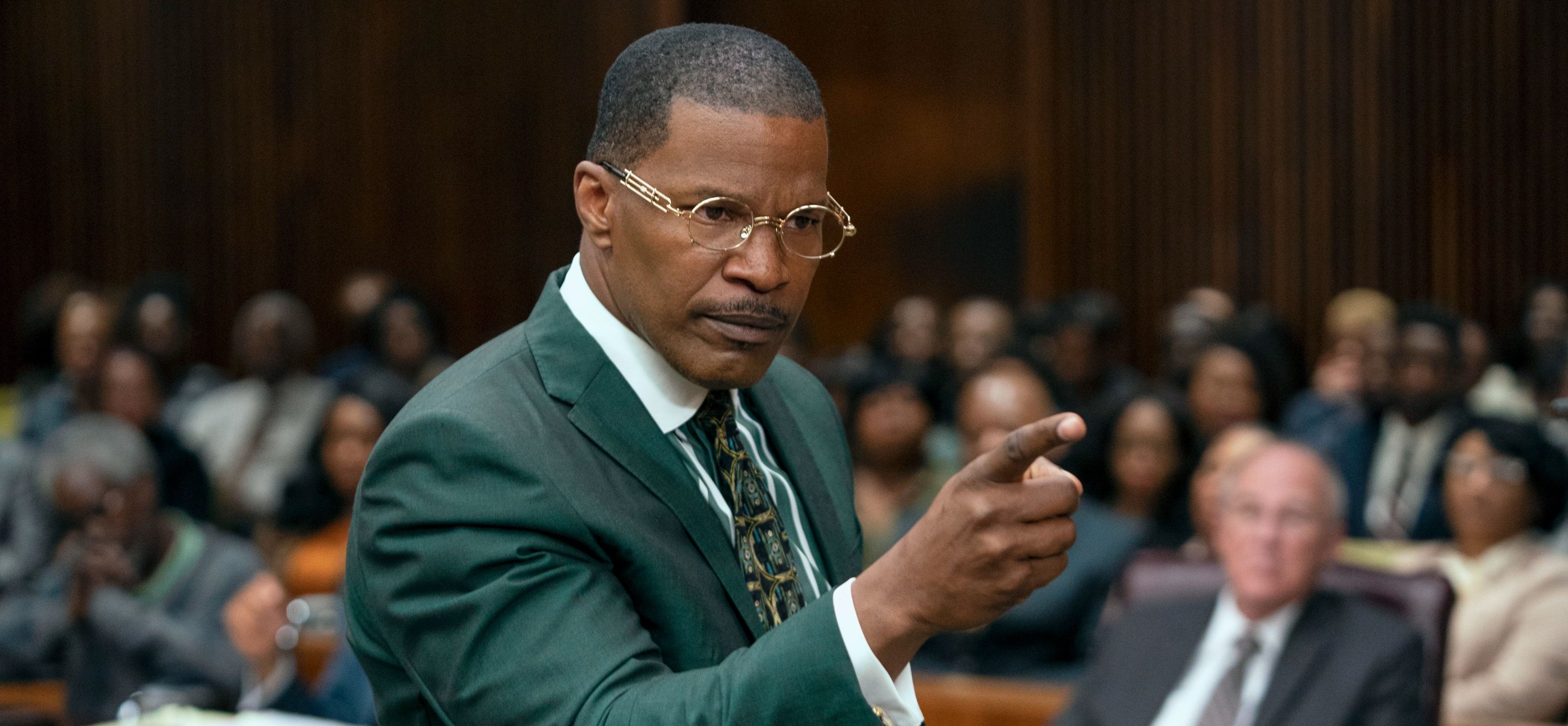Amazon Prime Video’s ‘The Burial’ is a period drama film that revolves around a legal battle that takes place in a significant period and place in the country’s history, especially as far as race and the American Dream are concerned. In reality, as the film depicts, Jeremiah O’Keefe and Willie E. Gary might not have been a force to be reckoned with if they had fought their legal battle anywhere else in the country. But how did the region and period influence their case and become a significant setting to the biographical drama? Let us explain when and where the film takes place! SPOILERS AHEAD.
The Magnolia State in 1995
‘The Burial’ takes place mainly in the state of Mississippi in 1995. Although a few sequences are set in an earlier period, in addition to a Vancouver-set scene in which Jeremiah O’Keefe and the Loewen Group’s Ray Loewen dine together, the rest of the film is set in this region and period. The family scenes of O’Keefe are set in Biloxi, where the funeral home owner lived a pivotal part of his life. O’Keefe also served as a mayor of the city from 1973 to 1981. After garnering a $175 million settlement from the Loewen Group, O’Keefe contributed generously to his community, only for the local art museum to get renamed as Ohr-O’Keefe Museum of Art.

The court scenes in the film are set in Jackson, a city primarily located in Hinds County, Mississippi. In reality, O’Keefe and Willie E. Gary legally fought against the Loewen Group in Hinds County Circuit Court in Jackson. The trial began on September 12, 1995, as well. The populace of Hinds County at the time influenced O’Keefe to hire Willie as his lawyer, replacing his lead attorney Mike Allred, who had “been known to state, in his manner of blunt candor, that he harbored racist attitudes,” as per Jonathan Harr’s The New Yorker article, which serves as the source text of the film.
Due to Allred’s allegedly racist attitudes, Hal Dockins and Michael Cavanaugh, the other lawyers who worked for O’Keefe, were unconvinced about the former being the lead attorney. “Dockins and Cavanaugh, however, were concerned about the fact that the jury pool in Hinds County, which encompassed the city of Jackson, was approximately two-thirds black. […] To have Allred addressing such a jury, in front of a judge who did not like him, seemed risky indeed,” Harr’s article reads. Thus, Dockins led his client to Willie and the rest is history.
O’Keefe was not the only person who changed his strategies to fight the case in Hinds County. A short while before the trial, the Loewen Group hired two Black lawyers for its legal team. “One of these lawyers was an elected state senator, the other a state representative and chairman of the black congressional caucus. […] He [Dockins] viewed the arrival of the new lawyers as racial pandering of the most blatant sort. ‘We’ve been out-blacked,’ he told O’Keefe,” Harr wrote in his article.

The film offers a window into Mississippi’s long history of Black exploitation. During the trial, Willie and Dockins learn about a deal the Loewen Group struck with the National Baptist Convention, a major African-American Baptist Christian denomination in the country. Willie wins the case after revealing and explaining the exploitation acts the Loewen Group committed to affect the lives of a shocking number of African Americans. Willie and Dockins’ findings reveal the hardships faced by the Black community in the 1990s.
Maggie Betts’ film is a homage to the success story of Willie, a Black lawyer who went on to attend law school to sue a racist person. Therefore, it is apt that the biopic takes place in Mississippi, a state where the African-American community had to overcome an enormous number of challenges and threats to survive.
Read More: The Burial Mid-Credits Scene: Who is Dr. G?


You must be logged in to post a comment.